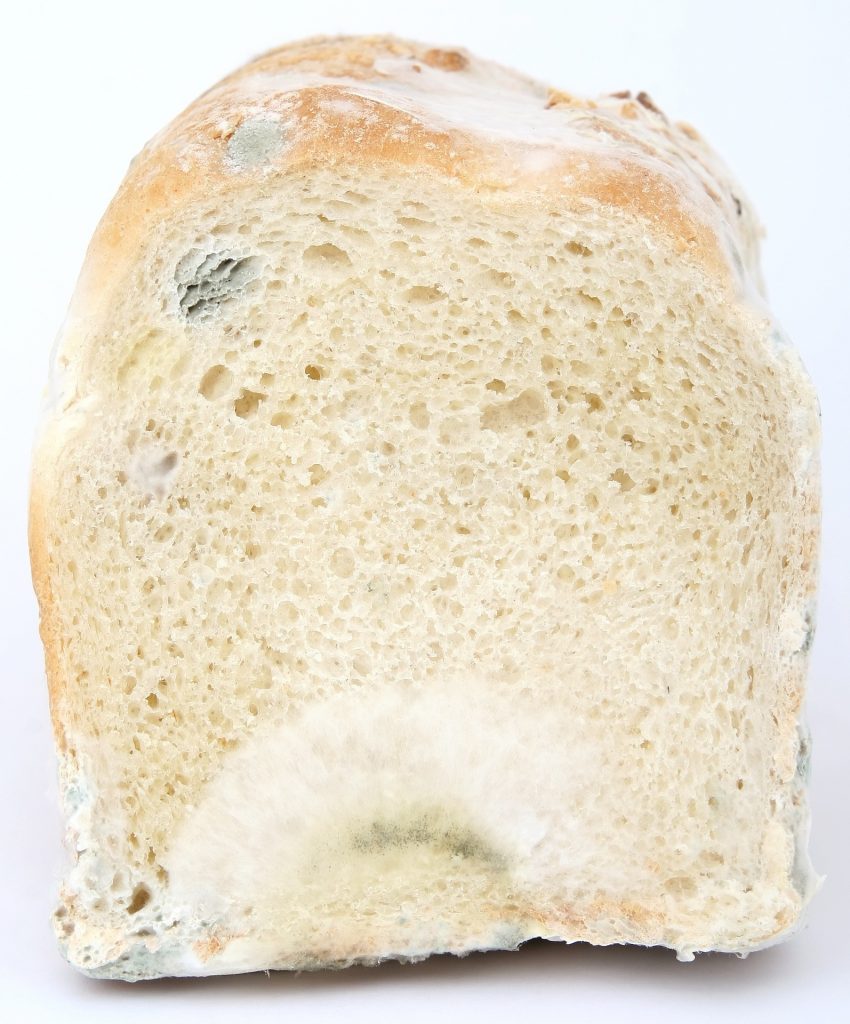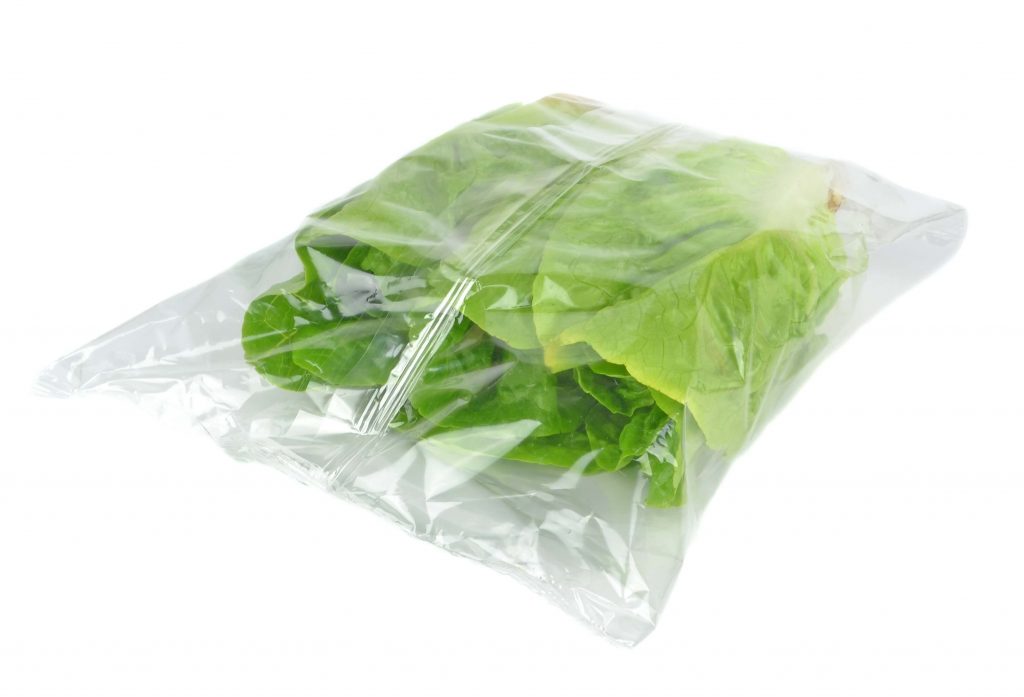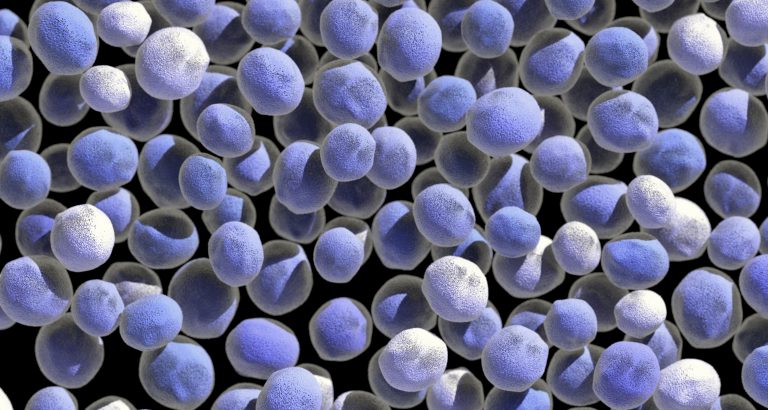Bacterial growth has been a matter to worry about since centuries. Wherever there is food, there is bacterial growth. From bread to butter, from pickles to jams, bacteria can grow everywhere.

Table of Contents
Factors Affecting Bacterial Growth:
Many factors are determining bacterial growth. Some of the vital factors we need to consider to limit bacterial growth in food are listed below:
- Bacterial Growth Temperature
- Bacterial Growth PH
- Moisture
- Oxygen
Bacterial Growth Temperature
Bacterial growth temperature ranges from 40 to 145 degree Farenheit. According to the Food Safety and Inspection Service (FSIS), this temperature range is termed as “Danger Zone”
The best bacterial growth temperature providing rapid growth is 70-125 degree Farenheit. Some bacteria can survive a temperature range much greater than this. However, for most of the bacteria, the story remains the same. Therefore, by ensuring the temperature above or below this range we can control the growth of bacteria. Refrigerators, freezers and boilers are made considering this principle.
Bacterial Growth PH:
The best bacterial growth PH is neutral to slightly acidic. However, bacterial growth is least in highly acidic or basic media. Therefore, we can limit bacterial growth by maintaining the PH of food and other items.
Moisture:
Bacterial growth is best in the presence of moisture. Therefore, dehydrating food can also prevent bacterial growth. Food dehydrators are available at reasonable prices in the market and also on online stores.
Oxygen:
Oxygen is one of the vital components most of the bacteria growing in food items need. However, some aerobic bacteria can also grow in the absence of oxygen. Mostly this is not the case. Ensuring the use of air sealed containers can also prevent bacterial growth.
How To Prevent Bacterial Growth In Food:
We can control bacterial growth by controlling the factors accelerating it. Bacterial growth in food can cause some serious problems including poisoning which can be fatal in some cases. The factors of bacterial growth mentioned above are some typical factors for the survival of bacteria. Nick Lane, a famous biochemist said,
“Nothing is more conservative than a bacterium.”
Therefore, we are going to hit those factors that will limit bacterial growth in food items. Following are the points you need to consider while preserving the food:
Place Food Items In Refrigerator:
Ensure to place the food items prone to harmful bacterial growth in the refrigerator. The low temperature of the refrigerator will cause bacterial growth to shunt, decrease or kill the bacteria.
High-Temperature Exposure:
To kill the bacteria completely you need to expose it a high temperature. Not raising the temperature of the food items enough can halt the bacterial growth but cannot kill bacteria. Moreover, we need a very high temperature to kill bacterial spores completely to sterilize a food product.
Pasteurization
Pasteurization can sterilize milk, milk products and some juices. Thus, it will limit bacterial growth, kill bacteria, and increase the life of food products. About 150 years ago Louis Pasteur, a senior French biologist, microbiologist, developed this method and chemist devised the way to sterilize dairy products. He called the method pasteurization.

How To Pasteurize The Milk Using Pasteurization Method:
- Boil or increase the temperature of milk, milk products, and beverages.
- To protect beer and wine from bacterial growth we need to raise the temperature to 57 degrees Centigrade (135-degree Fahrenheit).
- Boil the milk by raising temperature up to 145 degrees Fehrenheit for 30 minutes. Then cool it back to 39 degrees Fahrenheit.
- Heat the milk by raising the temperature to 161 degrees Fehrenheit. Maintain the same temperature for 15 seconds and then quickly cool it to 39 degrees Fahrenhiet. This is called High-Temperature Short Time Pasteurization (HTST) or Flash Pasteurization You can limit bacterial growth for 2 to 3 weeks by following this method. Moreover, it is the most used method in industries too.
- There is another method called Ultra Heat Temperature. The milk is heated for 2 to 5 seconds to 280 degrees Fehrenheit to limit bacterial growth. This method is usually used by dairies to increase the shelf life of dairy products by nine months. You can find the milk packs in the market labelled as ultra-pasteurized These are preserved using UHT.
Does Pasteurized Milk Has Fewer Nutrients:
There is nothing to worry about in increasing temperature of dairy products or beverages. The time and temperature are set in such a way that all the nutrients are preserved. No useful component will be lost in this entire process.
Unpasteurized milk and milk products can contain bacteria such as Cryptosporidium, E. coli, Listeria monocytogenes, Salmonella, Brucella, and Campylobacteriacea. Therefore, bacterial growth can cause serious food poisoning leading to severe illness, which can cause death.
Maintain Refrigerator And Oven Temperature:
All of us are aware of the use of refrigerator and oven in controlling bacterial growth and preserving our products. However, most of us neglect the refrigerator and oven temperature on which it is working. As we shared before, you need to keep your product below or above the bacterial growth temperature to stop bacterial growth.
Members of the FDA visit food corners, bakeries, and hotels, never forget to check the refrigeration temperature. If they find higher than minimum temperature, a warning letter is then issued to the respective place or in severe cases it is sealed.
Optimal Refrigeration Temperature:
The optimal refrigeration temperature for controlling bacterial growth is 40-degree Fehrenheit. For freezing, you should maintain 0-degree Fehrenheit.
Cook Properly:
The way you prepare food will affect bacterial growth. The bacteria Clostridium present in meat can cause food poisoning. Therefore, the meat can be fatal if not cooked properly.
We advise you to maintain the temperature of more than 75 degrees Centigrade while cooking the food.
To control bacterial growth you need to keep the temperature up to 60-degree Centigrade. You can also cool it instantly and place it in the refrigerator.
Air Sealed Containers:
You can also keep your food in airtight containers to increase their life and keep them fresh.

Peeled and Cut Vegetable:
Opt for the right sizes of vegetable so you can use it in one go. A peeled and cut edible has more chances to be rotten and infected with harmful bacteria and other pathogens.
For example, a half lemon, a half onion, or a half tomato has more chances to rot than an unpeeled vegetable.
Vegetables kept in the refrigerator usually last longer than the one placed on the kitchen shelf.
Desiccation:
Most of the microorganisms need water for their respiration and metabolism. So, we can use this fact to control bacterial growth. Dehydrating things like resins and vegetables will make them last longer and are protected from microbial attack.
Changing PH:
Changing a substance PH will halt bacterial growth and can cause cell lysis. That will ultimately lead to cell death. We can also increase pickles the shelflife by decreasing PH to a low level to make it highly acidic. Similarly, a usual method to conserve vegetables is to store them in vinegar. Moreover, you can also conserve tomatoes in this way.
High Salt Solution:
High salt solution limits bacterial growth. So, you can also preserve your vegetables.
High Sugar Solution:
A mild sugar solution is the best environment to cause massive bacterial growth. However, a solution of high sugar content will not only prevent bacterial growth but also cause bacteria to die. We can use this application in making jams and other related products. You can preserve fruits for a long time by making jams, marmalade, ketchup etc.
Harms of Bacterial Infected Food:
Food Poisoning:
The most considerable side effect of bacterial infected food is food poisoning. We also call it bacterial gastroenteritis. Bacterial toxins cause this issue.

It can lead to
- Vomiting
- Nausea
- Diarrhoea
- Severe Cramps
- Fever
Key Takeaways:
You can limit bacterial growth by:
- Cook food properly at a temperature of more than 75 degrees Centigrade.
- Use properly boiled or pasteurized milk
- To preserve food, use a high acid environment.
- You can also look into using a high sugar solution to conserve food.
- You can limit bacterial growth by keeping it in refrigerator or freezer.1
- Always keep the refrigerator temperature less than 40-degree Fahrenhite.
- Maintain the freeer temperature below 0 degrees Fahrenheit.
- Ensure to cook meat properly to kill bacteria residing inside.
Concluding the whole story short, bacteria are our friends in many aspects. However, some malicious organisms cause severe harm to the human body leading to illness; hospitalization and death in severe cases.
Steven Magee, the world-leading expert on radiation and human health, said,
“My safety rules for eating from the food buffet:
1. Eat the hot food, as it is the least likely to food poison you.
2. Avoid cold food, as it may have bacterial contamination.
3. Wash your hands, as they may have bacterial contamination from the handles of food ladles.
4. Do not eat with your hands; use the knife, fork, and spoon.”

“What it’s like to be a parent: It’s one of the hardest things you’ll ever do but in exchange, it teaches you the meaning of unconditional love.”
I have been living in Texas with my husband and three kids. Raising kids is never easy and I too encountered a lot of difficulties. To manage all this, I worked into a lot of solutions and discovered the best possible!
Now, after years of experience, I am an expert mom who has worked on most of the things any parent can encounter in his life.
With my expertise, I embarked on a journey to help all the other moms out there in their perfect child rising. I am here to help you select the best for your little one and give the solution to all the problems you encounter in your daily life.
My words are not a mere combination of letters. These are the voice of my years of experience… all gained with the help of other experts and my self-exploring nature.
Let’s help each other in raising our children with the best.
Peace out!

